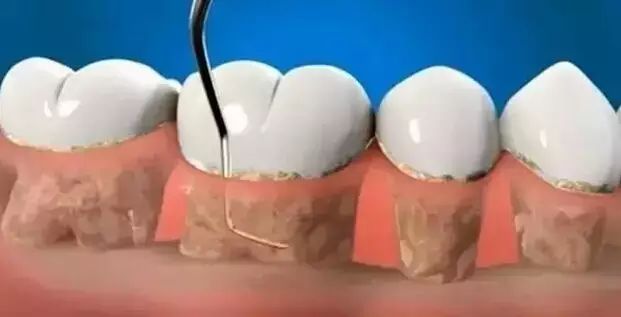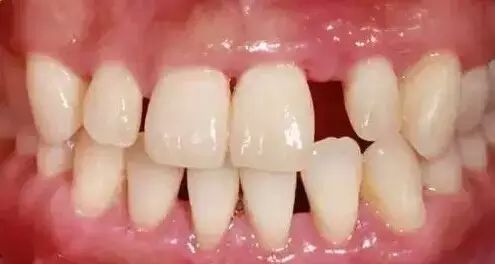 Open wechat
Open wechatFirst, let's figure out what is "cleaning"?
Dental cleaning can remove plaque, dental stones on the teeth and some coloring on the tooth surface. Dental cleaning can also maintain the health of periodontal tissues and prevent the occurrence or recurrence of periodontal diseases.

Dental stones are calcified masses deposited on the tooth surface, the texture is hard, the attachment is tight, brushing is not brush down. It is a deposit of calcium salt, just like the scale in a kettle.
The surface of dental stones is rough, which is conducive to the attachment of bacteria, so the harm of dental stones is not only mechanical stimulation, but also because of a large number of plaque infected with the gums, causing inflammation, bleeding, swelling, pain and even halitosis and other symptoms.
The principle of dental cleaning is to use ultrasonic high-frequency vibration, so that the dental stones are shaken and loose off. Therefore, it does not hurt the teeth and gums. Dental experts recommend regular dental cleaning every six months to a year.

Secondly, what is "periodontal scraping treatment"?
As we mentioned above, if dental stones are not cleaned for a long time, they will lead to gingivitis. Ggingivitis moves further toward the root of the tooth, forming a periodontal pocket. Bacteria multiply in the periodontal bag, will cause inflammation and absorption of alveolar bone (periodontal disease), which is why we see some people's teeth seem to become particularly long, in fact, the periodontal atrophy, the root exposed, so the teeth become longer. If not paid attention at this time, the final result will lead to loose teeth and falling off.

Periodontal curettage is to remove the infected diseased cementum and dental stones and plaque in the periodontal bag. Once there is gum disease, the periodontal bag will slowly deepen, and the calculus will slowly accumulate under the gums.
The difference between dental cleaning and periodontal scraping treatment?
Simply put, dental cleaning is to remove the teeth and gingival surface and the shallow gingival attached to the dental calculus, the routine dental cleaning can not be completely removed, it is necessary to clean up the dirty things in the periodontal pocket.

Many people don't remember to see the dentist until their teeth are loose. Unfortunately, once the alveolar bone is absorbed and it is difficult to regenerate, it is only too late to see the dentist. If the treatment is started in the gingivitis stage, the inflammation can be controlled and improved, which is the fundamental prevention of periodontal disease.
There is such a big difference before and after periodontal scraping

Before curettage: clearly visible, a large number of black and brown dental stones accumulated around the gums, accompanied by bad breath, and gingival redness and swelling.

After scraping: the gum color returns to normal, the redness and swelling subsided, and it looks clean and healthy.
Several questions about periodontal curettage
Q: Why does periodontal scraping produce so much blood?
Answer: This is due to the long-term dental calculus periodontal inflammation, bleeding caused by periodontal stimulation, the dental calculus removal will be relieved.
Q: scraping the gap between the teeth seems to be bigger
A: Due to the accumulation of dental calculus, the gums will slowly press down, leading to gingival atrophy, and a large amount of calculus fills around the teeth, so the gap between the teeth seems to be larger. That's why the dentist suggests that you develop the habit of regular cleaning, because atrophic gums are difficult to grow back.
Ask: whether the periodontal scraping treatment will be painful?
A: It depends on the depth of the periodontal bag and whether the root is smooth. If the periodontal bag is not very deep, you may not feel pain during the scraping process, but occasionally feel a little discomfort. If the periodontal bag is deep patients, the dentist may be in the local anesthetic, so that the treatment process is more comfortable.

